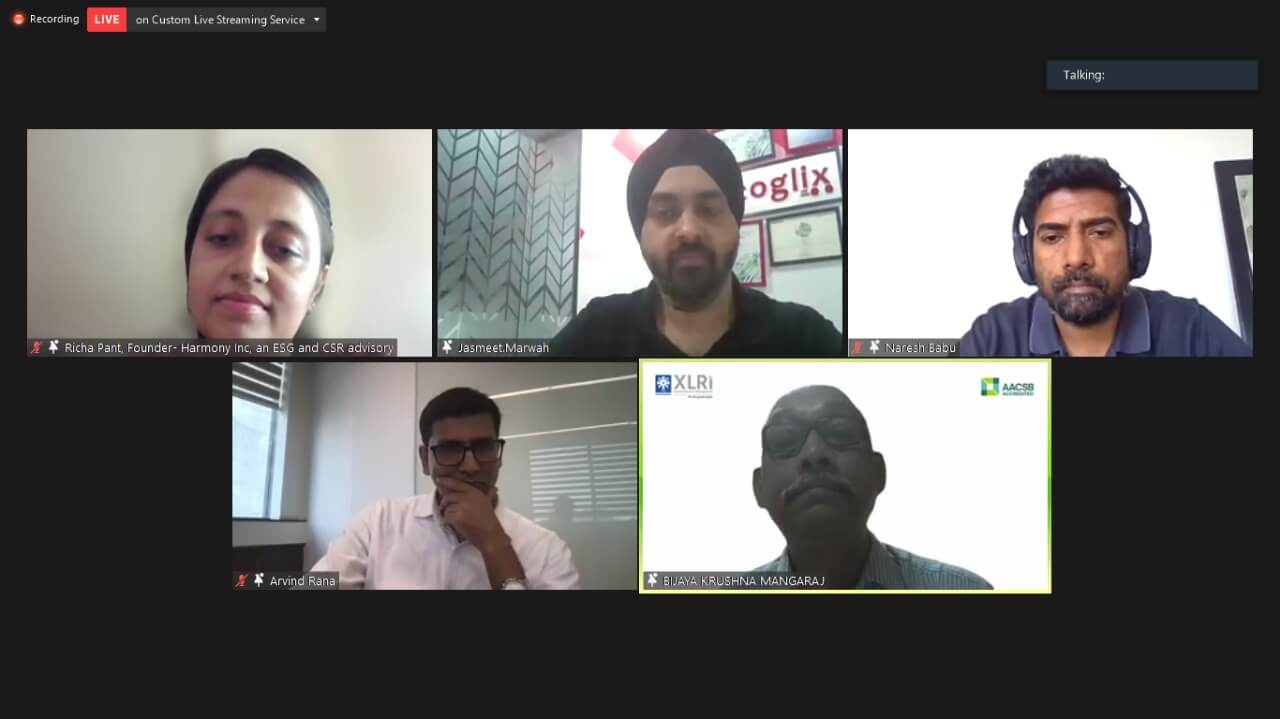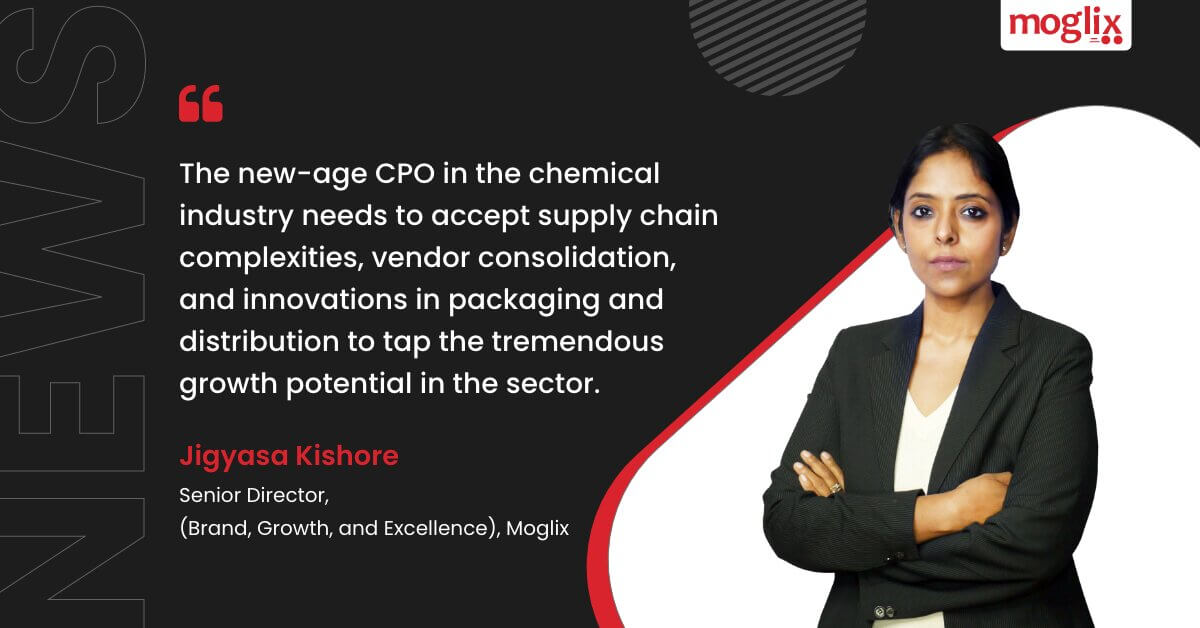Things CIO Should Know About Procurement Transformation

Things CIO Should Know About Procurement Transformation
Three years back, we chanced upon an opportunity to collaborate with a leading FMCG company in India to fulfill their procurement mandate. However, there were a set of challenges, which could have given the next level of productivity to the business.
- It took 7 days for the procurement team to create the contract since buyers had to use a complex multi-screen application for doing the same
- When buyers logged onto the system, there were 100s of contracts waiting for their attention, with no intuitive way for them to prioritize.
- Buyers were required to fill values for which they had to refer to other systems or offline documents, making it very time-consuming
- Buyers were required to make certain decisions while creating the contract e.g., “mode of shipment”, but they didn’t have sufficient data points around costs and lead time to make the right choices.
- After submitting the contract, they had to wait for a validation report from another team. The team used to revert to them after 2-3 days with errors in their entries.
While the above case is cited in a specific context, the same set of problems are hampering productivity across the procurement function. These problems can be addressed by using 3 simple concepts.
- Super-app Experience
- Procurement Control Tower
- Risk Watcher
Bridging the Divide: Challenges at the doorstep of chemical procurement leaders
The life of procurement officers is challenging and simultaneously demands innovation and efficiency.
Summary
There is still significant room for improvement. And the road to such improvement passes through the office of the CIO.
Clockspeed 2.0

Clockspeed 2.0
Date : May 29, 2022
Organizer: XLRI
About the Event: Mr. Jasmeet Marwah, Vice President, Moglix shared his perspective on ‘Do Supply Chains run the risk of Disruption due to ESG concerns?’ at XLRI ExPGDM ClockSpeed 2.0. The panel comprises of Ms. Richa Pant (Founder, Harmony INC.), Mr. Arvind Singh Rana (Partner, Vector Consulting Group) and Mr. Naresh Babu Gutta (Director- Business Finance and Procurement, Snapdeal). The event will be moderated by Dr. Bijaya K Mangaraj, Professor – Production, Operations, and Decision Sciences, XLRI Jamshedpur.
Indian Commercial Vehicle Conclave Northern Region

Indian Commercial Vehicle Conclave Northern Region
Date : May 27, 2022
Organizer: CII
About the Event: Mr. Mukund Vasudevan, Managing Director, Moglix recently shared his perspective on ‘Transforming Indian Commercial Vehicle Industry– Strategies, For Now, Next & Beyond’ at the Confederation of Indian Industry – Indian Commercial Vehicle Conclave. While laying emphasis on strengthening the digitalization of supply chains processes for commercial vehicle manufacturers, he went on to add:
”There are 5 key elements which we’re actively engaging as Moglix with auto parts and CV manufacturers – Agility, Visibility across multiple vendors, Process automation, Analytics, and Omnichannel fulfillment.”
Procurement challenges and the future of digitalization in the Indian chemical industry

Procurement challenges and the future of digitalization in the Indian chemical industry
The role of the CPO in a critical sector like chemical goes beyond the apparent cost reductions and stability of material sourcing. The new-age CPO in the chemical industry needs to accept supply chain complexities, vendor consolidation, and innovations in packaging and distribution to tap the tremendous growth potential in the sector.
Bridging the Divide: Challenges at the doorstep of chemical procurement leaders
The life of procurement officers is challenging and simultaneously demands innovation and efficiency.
The ever-broadening scope of the supply chain
Chemical handling complexities create a need for specialized lab equipment, safe transportation, and storage options.
The complexities of vendor management
With many specialized vendors, organizations will face challenges of timing, logistics costs, dependability and quality. Transportation of materials is a crucial challenge. Material and human safety, temperature control and brittleness of packaging are essential to smooth operations. Real-time tracking and predictability of bottlenecks alleviate these procurement challenges.
Need for innovation and stability in packaging
As every chemical industry CPO will attest, spillage continues to be a significant concern for every industry player. Due to the hazardous nature of chemicals, storage and transportation is very complex and need specialized training to manage. While glass is the primary choice of storage due to its excellent properties, it is also brittle and prone to breakage.
A shift in global procurement trends
The CPO needs a robust end-to-end procurement platform to help navigate international policy and multi-vendor management.
A positive shift towards sustainability
Innovation requires agility as the nature of procurement could change based on supplier location and pricing considerations. Sustainability is the future and could soon become a higher prioritization parameter than even price.
The advent of digital transformation in the chemical industry
Though the chemical industry is no stranger to digitalization, the pandemic has accelerated the adoption of innovation-led technologies, including but not limited to remote operation centers, industry 4.0, robotics, and autonomous operations in warehouses and logistics.
SIEMA event

SIEMA event
Date : May 18, 2022
Organizer: Southern India Engineering Manufacturers’ Association (SIEMA)
About the Event: Credlix participated at Southern India Engineering Manufacturers’ Association’s (SIEMA) event which happened on 18th May, 2022 at Coimbatore where we discussed about pre & post shipment finance under Credlix.
Paperex 2022

Paperex 2022
Date : May 10, 2022
Organizer: Hyve Event
About the Event: At the recently concluded PAPEREX, one of the largest paper exhibitions in the country, Moglix Packaging was showcased through its various products like paper bags, paper tubs, bagasse trays, corrugated boxes, compostable bags, paper tapes POSS, and the likes.
ACMA India (Western Region) 2nd Digital Summit

ACMA India (Western Region) 2nd Digital Summit
Date : May 6, 2022
Organizer: The Automotive Component Manufacturers Association of India (ACMA)
About the Event: Mr. Anshul Khandelwal, Director, Moglix recently shared his perspective on ‘Impact of Digital Technology across Business’ at the ACMA India (Western Region) 2nd Digital Summit.
While laying emphasis on digital transformation enabled through Moglix, he went on to add:
“Long tail of vendors are almost always neglected on their digital transformation journey. We at Moglix help our customers consolidate their long tail suppliers & digitize their entire indirect procurement process.”
Global Unicorn Summit

Global Unicorn Summit
Date : April 28, 2022
Organizer: CII
About the Event: Mr. Rahul Garg, Founder & CEO, Moglix recently shared his perspective on ‘Building Global Products & Services’ at CII Global Unicorn Summit. While laying emphasis on taking the B2B path towards building a business, he went on to add: ‘’When we built the operating system for both procurement & sales through our platform – it does require a different type of mindset along with the knowledge of adapting & building your organization with cultural nuances.” The panel comprised of Mr. Bhavin Pandya (CEO, Games24x7) and Mohit Dubey (Co-Founder & CEO, Chalo) and was moderated by Mr Vikas Agnihotri (Softbank Investment Advisers).
53rd Inflection Supply chain awards

53rd Inflection Supply chain awards
Date : April 21, 2022
Organizer: Alden Group
About the Event: Puneet Kumar, VP-Technology, Moglix spoke on ‘Digital First Procurement’ at the 53rd Inflection Supply Chain awards.
Propel Pitchfest 22

Propel Pitchfest 22
Date : April 20, 2022
Organizer: BML Munjal University
About the Event: Mr. Rahul Garg, Founder & CEO, Moglix recently shared his perspective on ‘Innovation and Startup’ at BML Munjal University’s Propel Pitchfest22. While laying emphasis on the need to innovate onself, he went on to add: ”World and technology is going to change around you so don’t think that something that you have done for 10 years is now your life or career path. You can keep on experimenting.” The discussion was facilitated by Prof. Davinder Singh, CEO, ACIC-BMU Foundation.
